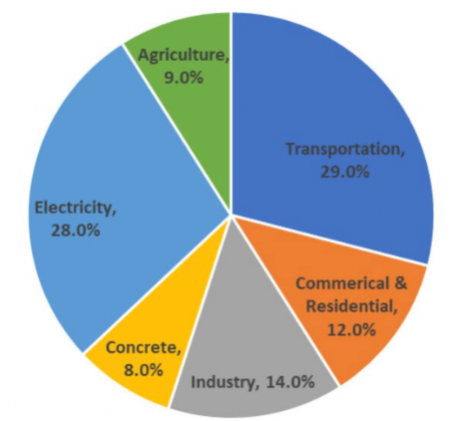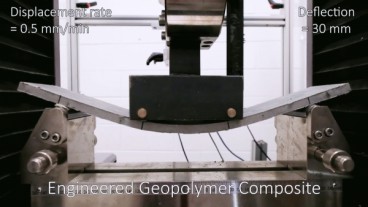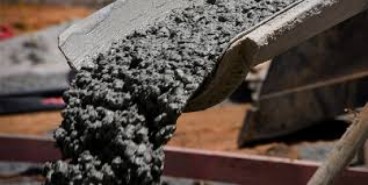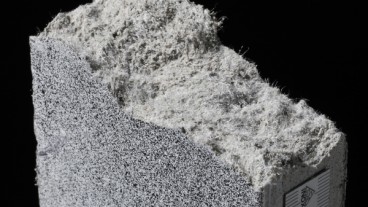Concrete's Carbon Capture and Structural Longevity with Supercomputing

Researchers at the University of Southern California have achieved a major milestone in material science with the development of Allegro-FM, an advanced artificial intelligence model capable of simulating the behavior of over four billion atoms at once. This capability opens the door to designing carbon-neutral and self-healing concrete, a significant advancement for the construction industry.
Traditional molecular simulations are limited to millions of atoms, but Allegro-FM operates on a scale 1,000 times greater. The model enables researchers to test various chemical compositions virtually, predicting how materials might behave under stress, heat, or environmental exposure. This scalability allows for the rapid development of concrete formulations that could capture and store carbon dioxide, turning a historically high-emission material into a potential carbon sink.
Concrete production accounts for roughly 8% of global carbon emissions. Allegro-FM’s ability to model chemical reactions at the atomic level has shown that carbon dioxide released during production can be reabsorbed within the concrete structure itself. The captured CO₂ forms a carbonate layer, improving material strength and durability.

This process could lead to concrete that not only lasts far longer than modern versions, potentially matching the resilience of ancient Roman concrete, but also actively reduces its environmental footprint. The research also suggests that the new material would perform better under extreme heat, providing improved resistance in fire-prone regions.
The Allegro-FM model demonstrates the potential of AI-assisted materials research by integrating machine learning, physics, and high-performance computing to advance sustainable construction methods. By automating aspects of quantum mechanical calculations, the approach allows researchers to simulate material properties and chemical interactions at large scales with greater efficiency. This capability may support the development of stronger and more environmentally sustainable materials through accelerated data-driven experimentation.
Sources: sciencedaily.com, securities.io, viterbischool.usc.edu
Want to read more like this story?

Scientists produce high bending capacity concrete using no cement
Mar, 11, 2020 | NewsScientists from Swinburne University in Melbourne, Australia, have created a new concrete material t...
The world’s first carbon concrete building constructed by researchers in Germany
Nov, 17, 2022 | NewsThe first building made of carbon-reinforced concrete was inaugurated in September after two and a...

3D-printed buildings using soil material
Sep, 24, 2020 | NewsResearchers have developed a new technique to construct a building using a 3-D printer and soil mate...

Construction’s carbon footprint to double by 2050, study warns
Nov, 05, 2025 | NewsA new global analysis published in Communications Earth & Environment warns that the constructi...

What about recycled concrete?
Feb, 01, 2016 | NewsA group of scientists examines the possibility of using materials from demolitions for the construct...

Scientists convert waste plastics into high-value carbon materials
Nov, 01, 2025 | NewsResearchers from Shenyang Agricultural University, the Guangzhou Institute of Energy Conversion (Ch...

From Emissions to Solutions: The Rise of Carbon-Storing Highways
Mar, 30, 2025 | NewsThe UK is at a turning point in road construction. As the government shapes its Road Investment Str...

New sustainable material that will replace steel in reinforced concrete
Dec, 27, 2019 | NewsA new technique that involves replacing steel with polyethylene in reinforced concrete has been deve...

Rare mineral that improves the long-term performance of concrete
Feb, 05, 2021 | NewsScientists from Nagoya University have detected a rare mineral that improves the mechanical pro...
Trending

Vertical gardens in Mexico City to combat pollution

Characteristics of Load Bearing Masonry Construction

Taipei 101’s impressive tuned mass damper

Morocco Implements Landmark Dam Perforation to Combat Water Stress in Marrakech

Dutch greenhouses have revolutionized modern farming



